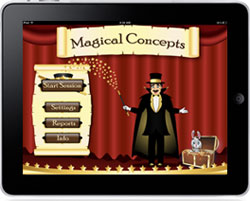I met with the management team last week. I called the meeting because I was becoming increasingly frustrated with the pace of the project. To me, this project seemed to be moving at a snail’s pace. In the past five months, the project had advanced to the drawing of only four characters and the team was now working on the backgrounds. Was I correct about the pace of the project? Yes and no.
Based on the information I had, I was correct. However, at the meeting I learned that these characters had actually moved along in the process towards animation. So the project was not stuck as it had seemed.
The result of the meeting was that the project manager would keep me better informed. She promised to send me a flowchart of the process. Every couple of weeks the project manager will send me an email indicating where on the flowchart the project is at that time.
For me, this experience highlights the importance of communication between the consumer and the expert. The app development team knows where they are in the process, how far they have come, and what is up head in the short term. I only know what I am told. This sparsity of knowledge and information led me to incorrect conclusions.
This not-quite-so-meeting-of-the-minds got me to thinking about our profession and how well we convey the process of therapy to parents (and children who are old enough to understand) and if we do our part in keeping our clients informed. Have my clients made assumptions on therapy based on what I do not tell them? Have I taken it for granted that my expertise and time-lines are known to the layperson? These are some questions I’ll keep in mind in my client-professional relationship.

